Introduction
In the vast realm of culinary arts, the preparation of ingredients often plays a pivotal role in determining the final taste, texture, and presentation of a dish. This is particularly true when it comes to creating cold dishes, where the freshness, crispness, and delicate flavors are paramount. One such ingredient that frequently finds its way into the realm of cold dishes is Tremella fuciformis, commonly known as white fungus or silver ears in various cultures. This unique edible fungus is renowned for its gelatinous texture and mild, slightly sweet flavor, making it an ideal candidate for salads, appetizers, and various other cold preparations. However, the question arises: should you blanch Tremella fuciformis before using it in cold dishes? This article delves into the intricacies of preparing Tremella fuciformis, exploring the pros and cons of blanching, and providing practical guidance for achieving optimal results in your cold dish creations.
Understanding Tremella Fuciformis
Before diving into the blanching debate, it’s essential to understand what Tremella fuciformis is and why it’s valued in culinary practices. Tremella fuciformis, belonging to the Tremellaceae family, is a type of edible fungus that grows naturally on dead or decaying wood, particularly in temperate and tropical regions. Its appearance is distinctive, featuring a translucent, jelly-like texture with a white or pale yellow color. This fungus has been used in traditional Chinese medicine for centuries due to its perceived health benefits, including immune-boosting properties and moisturizing effects on the skin.
In the culinary world, Tremella fuciformis is celebrated for its ability to absorb flavors and its versatility in various dishes. It can be cooked in soups, stir-fries, desserts, and, of course, cold dishes. Its gelatinous texture adds a unique mouthfeel to salads and appetizers, while its mild flavor allows it to blend seamlessly with other ingredients.
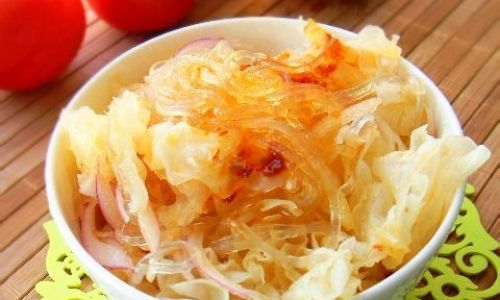
The Blanching Process
Blanching is a cooking technique that involves immersing food in boiling water or steam for a brief period, followed by immediate cooling in ice water. This process serves several purposes:
-
Killing Enzymes and Bacteria: Blanching halts the action of enzymes that can cause discoloration and textural changes in food. It also reduces the number of microorganisms on the surface, enhancing food safety.
-
Preserving Color and Texture: By rapidly heating and cooling the food, blanching helps to set the color and maintain the desired texture, especially in fruits and vegetables.
-
Facilitating Cooking: Blanching can soften vegetables, making them easier to cook further or puree.
-
Removing Bitterness: In some vegetables, blanching can help to remove unwanted bitterness or astringency.
The Debate: To Blanch or Not to Blanch Tremella Fuciformis
When it comes to Tremella fuciformis, the decision to blanch or not blanch before using it in cold dishes is not straightforward. It depends on several factors, including the desired texture, flavor, and appearance of the final dish.
Pros of Blanching Tremella Fuciformis
-
Improved Texture: Blanching Tremella fuciformis can help to soften its gelatinous texture slightly, making it more pleasant to eat in cold dishes. Some people find the raw texture of Tremella fuciformis to be too firm or rubbery, and blanching can alleviate this issue.
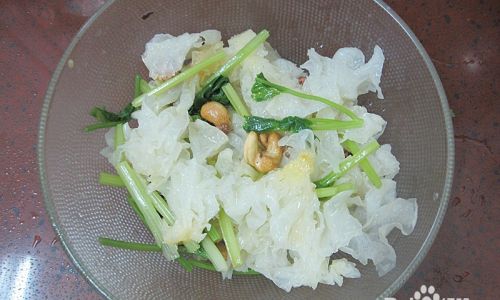
-
Enhanced Flavor Absorption: By briefly cooking Tremella fuciformis, its cells become more permeable, allowing it to absorb flavors from marinades, dressings, or other ingredients more effectively. This can result in a more flavorful final dish.
-
Food Safety: Although Tremella fuciformis is generally considered safe to eat raw, blanching provides an additional layer of food safety by reducing the risk of contamination from bacteria or other microorganisms.
-
Uniform Cooking: Blanching ensures that Tremella fuciformis is partially cooked, which can be beneficial if you’re combining it with other ingredients that require different cooking times. This way, everything in your cold dish will be cooked to a consistent level of doneness.
Cons of Blanching Tremella Fuciformis
-
Loss of Crunch: While blanching can soften Tremella fuciformis, it can also result in a loss of crunch or firmness, which some people prefer in their cold dishes. The delicate balance between softness and crunch is crucial in creating an appealing texture profile.
-
Potential Flavor Dilution: If Tremella fuciformis is over-blanched or not cooled properly, it can lose its natural sweetness and develop a waterlogged flavor. This can detract from the overall taste of your cold dish.
-
Additional Preparation Time: Blanching adds an extra step to the preparation process, which can be time-consuming, especially if you’re working with a large quantity of Tremella fuciformis.
-
Possible Texture Change: Blanching can alter the natural, translucent appearance of Tremella fuciformis, making it appear duller or less appealing. This is particularly important in dishes where visual presentation is key.
Practical Guidance for Using Tremella Fuciformis in Cold Dishes
Given the pros and cons of blanching Tremella fuciformis, how do you decide whether to blanch it or not? Here are some practical guidelines to help you make an informed decision:

-
Consider the Dish: Think about the overall texture and flavor profile you’re aiming for in your cold dish. If you want a softer, more tender texture and are willing to sacrifice some crunch, blanching may be beneficial. If you prefer a firmer, crunchier texture, skip the blanching step.
-
Test and Taste: If you’re unsure, conduct a small test by blanching a small portion of Tremella fuciformis and comparing it to a portion that hasn’t been blanched. Taste and texture are subjective, so your personal preference will ultimately guide your decision.
-
Marinate and Season Well: Regardless of whether you blanch Tremella fuciformis, ensure that it’s well-marinated or seasoned to enhance its flavor. A good marinade or dressing can make a significant difference in the final taste of your cold dish.
-
Pay Attention to Cooking Time: If you decide to blanch Tremella fuciformis, be mindful of the cooking time. Over-blanching can result in a mushy texture and loss of flavor. Aim for a brief immersion in boiling water (usually around 30 seconds to 1 minute), followed by immediate cooling in ice water.
-
Combine with Complementary Ingredients: In cold dishes, Tremella fuciformis pairs well with a variety of ingredients, such as cucumbers, tomatoes, bell peppers, and herbs. Choose ingredients that complement its mild flavor and gelatinous texture to create a harmonious dish.
Conclusion
In the culinary journey of creating cold dishes featuring Tremella fuciformis, the decision to blanch or not to blanch is a personal one, guided by your preferences for texture, flavor, and appearance. Blanching can offer benefits in terms of texture softening, flavor absorption, and food safety, but it also comes with potential drawbacks such as loss of crunch and flavor dilution. By considering the specific requirements of your dish, testing and tasting, and paying attention to cooking times, you can make an informed decision that aligns with your culinary vision. Ultimately, the key to success with Tremella fuciformis in cold dishes lies in balancing its unique texture and flavor with complementary ingredients and thoughtful preparation techniques. Happy cooking!
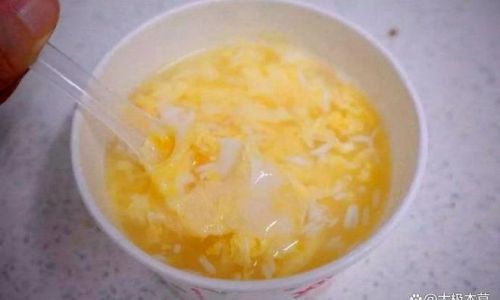
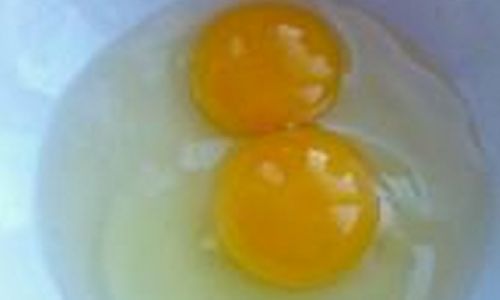

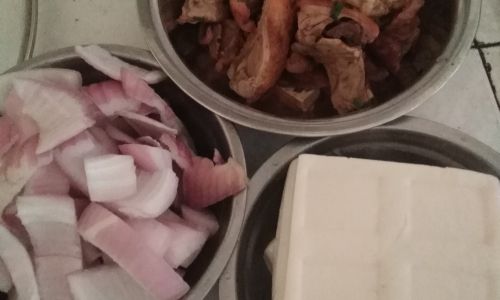
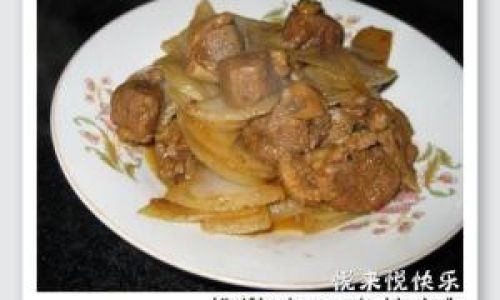
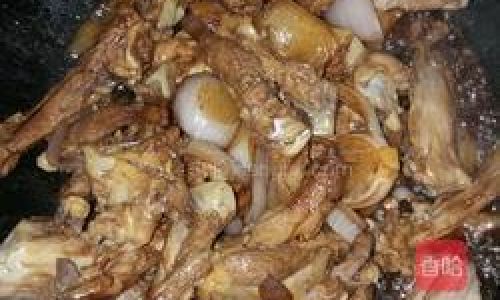
0 comments